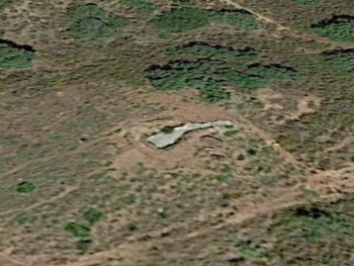The megalithic tomb of Santa Rita, in Cacela Velha, dates back to 2500 BC. and is considered one of the most important megalithic constructions in the Algarve. Several bones were found at the site and some objects that would have been left in the place as offerings.
Recent archaeological excavations at the tomb have revealed a burial chamber with a regular floor plan, accessed by a long corridor. On the artificial hill that covers the chamber, a necropolis was identified about a thousand years later than the first depositions in the tomb, witnessing a continuity in its use.
During the 2008 excavations, some of the elements of the community that built it were found buried. The offerings that accompanied the dead on their “journey”, artefacts linked to the world of the living (ceramic vessels, polished stone axes, among others), but also to the world of the dead such as engraved shale plates and other objects.
The architectural structure consists of a burial chamber of considerable dimensions (5.20X 2.20 X 1.90 mts) with a rectangular floor plan covered by large blocks of local sandstone placed transversely, some of them identified in situ during the excavation. A long corridor gives access through an entrance consisting of a door, lintel and thresholds, whose raw materials (red sandstone and white limestone) were selected to create a suggestive visual impact, reinforcing the monumentality and originality of the monument.
Access: Located on agricultural land, it requires a 200-meter walk from the (private) mill of Santa Rita. Not accessible by car.



Comments
Send a comment